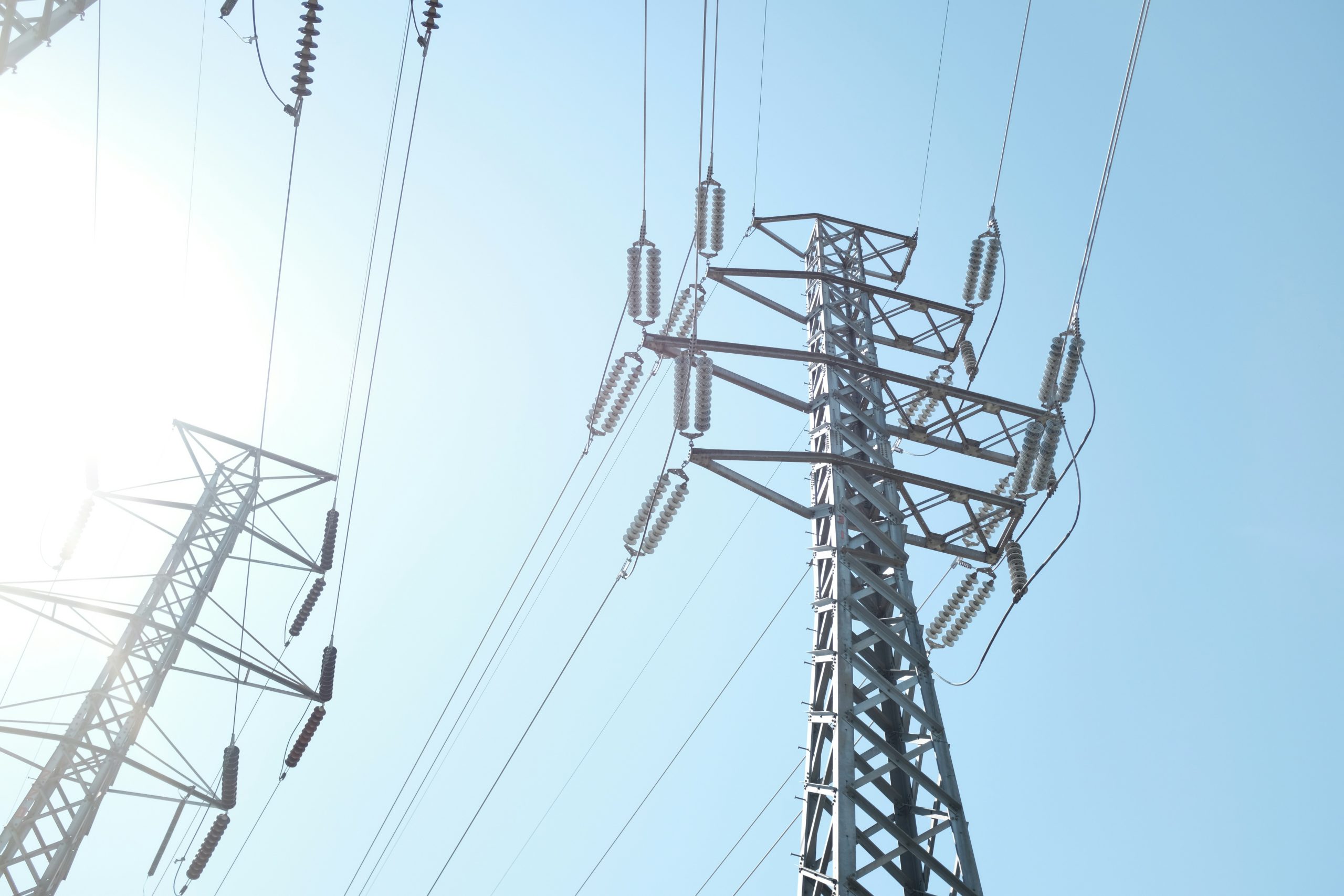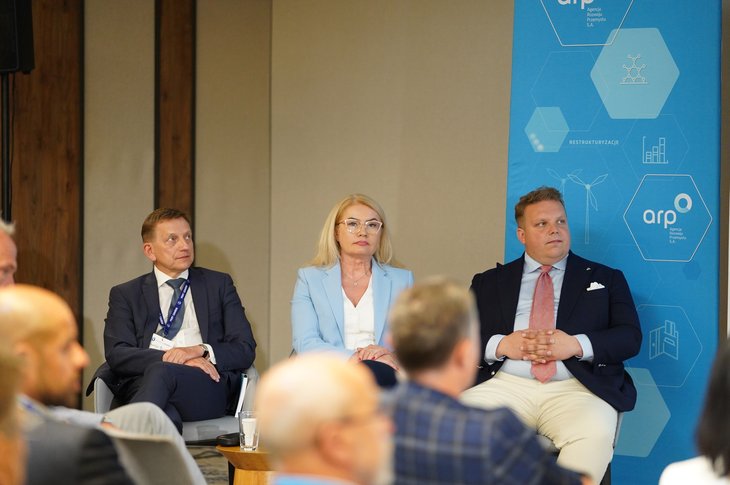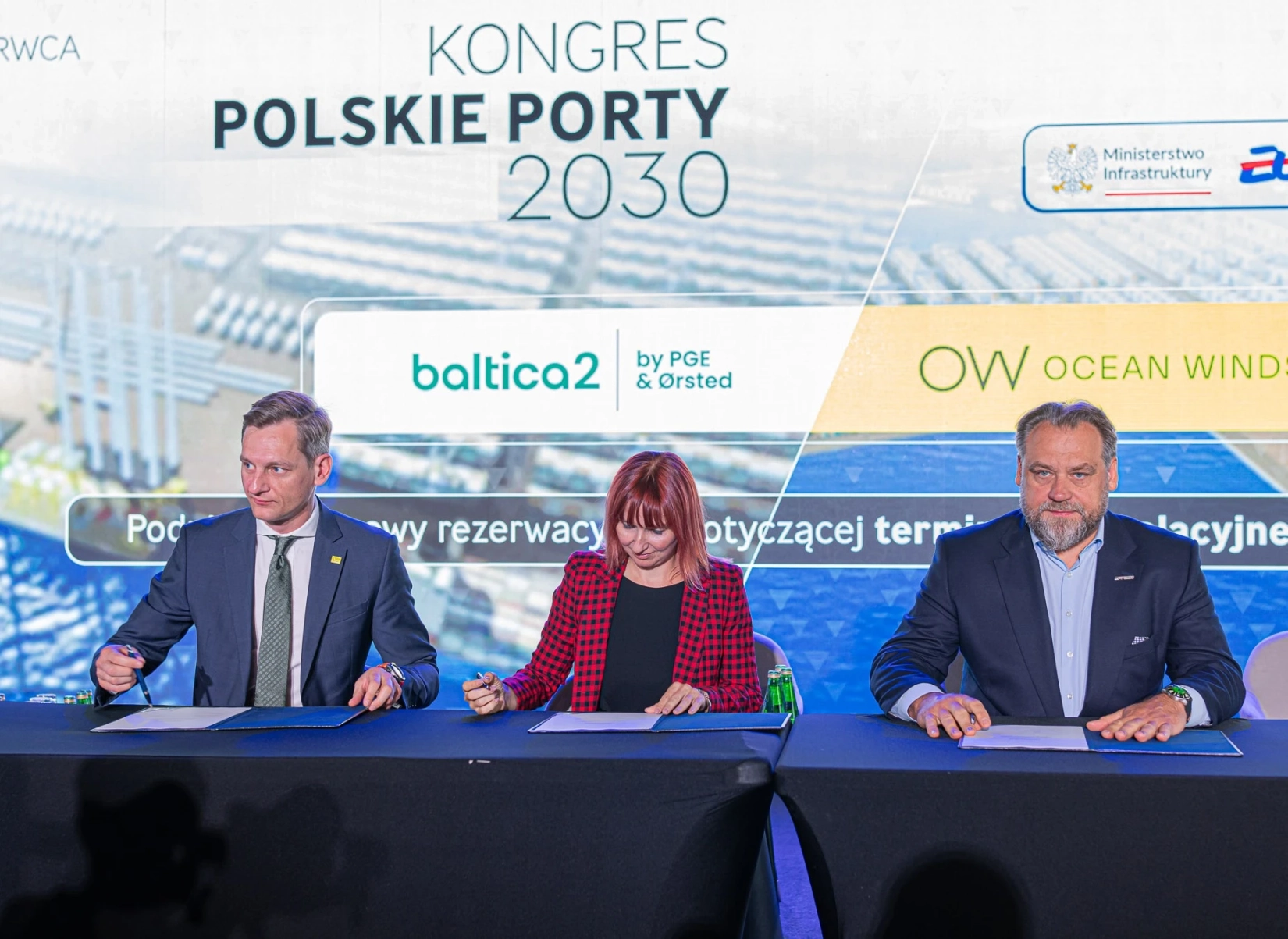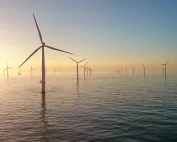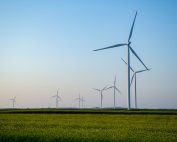The latest report from the Global Wind Energy Council (GWEC) presents a comprehensive overview of the current state and future prospects of the offshore wind industry. Despite macroeconomic challenges in several key markets, the industry saw significant growth in 2023, with the installation of 10.8 GW of new offshore wind capacity, bringing the global total to 75.2 GW. This marks a 24% increase over the previous year, a growth trajectory expected to continue through 2030, provided current policy momentum is maintained.
Key Report Highlights
– Global Growth: The offshore wind sector added 10.8 GW of new capacity in 2023, reaching a total of 75.2 GW globally.
– Forecast: GWEC predicts the installation of 410 GW of new offshore wind capacity over the next decade.
– Framework for Growth: The report outlines a “Global Growth Framework for Offshore Wind,” aimed at helping industry stakeholders and governments scale up development. This framework addresses finance, demand and industrial offtake, supply chain development, permitting, social consensus, workforce development, and grid infrastructure.

European Offshore Wind Market
Europe has been a pioneer in offshore wind technology since the installation of the world’s first offshore wind farm, Vindeby, in Denmark in 1991. Today, Europe remains a global leader, accounting for 45% (34 GW) of the total global offshore wind installed capacity, making it the second-largest region in this sector.
Energy Security and Policy Response
The geopolitical landscape, particularly Russia’s invasion of Ukraine, has significantly impacted the European energy market. The crisis underscored the need for energy independence, prompting the European Union to implement the REPowerEU initiative. This plan aims to reduce reliance on Russian energy, increase energy security, and boost the share of renewables to 45% (1,236 GW) by 2030. Key strategies to enhance energy security include ambitious offshore wind targets:
– The EU aims to achieve approximately 111 GW of offshore renewable energy capacity by 2030, nearly double the initial target set in the 2020 strategy.
– Long-term Vision: By 2050, the EU aims to reach around 317 GW, with specific plans like the Ostend Declaration targeting 300 GW in the North Seas and the Vilnius Declaration aiming for 19.6 GW in the Baltic Sea by 2030.
– Auction Plans: Nine countries in the North Seas Energy Cooperation (NSEC) plan to auction about 15 GW annually, aiming to award nearly 100 GW between 2023 and 2030.
Investment and Project Pipeline
Europe’s offshore wind pipeline looks promising, with GWEC forecasting around 77 GW of new offshore capacity to be grid-connected between 2024 and 2030. Investments are robust, with €30 billion confirmed in 2023 for projects totaling 9 GW, set for construction in the coming years. More than 40 GW of capacity is expected to be awarded in 2024 and 2025 auctions.
Countries like Germany, Denmark, the UK, France, and the Netherlands are leading the charge, with significant auction plans. Germany alone plans to award 8 GW in 2024. Efforts are also being made to address supply chain bottlenecks, particularly for key components like gearboxes, generators, and cables, which are crucial for timely project completion.
Europe faces potential supply chain bottlenecks from 2026/2027 onwards, especially for critical offshore wind components. To mitigate these challenges, investments are being made in manufacturing facilities and infrastructure:
– Manufacturing Expansions: New facilities for blades, towers, foundations, and other components are being developed across Europe, including in the UK, Germany, and the Netherlands.
– Port and Grid Infrastructure: Efforts to enhance port facilities and build meshed grid systems are underway to support efficient cross-border energy transmission.
– Vessel Upgrades: European operators are upgrading existing Wind Turbine Installation Vessels (WTIVs) and ordering new ones to handle the increasing demand.
Future Outlook
To sustain growth and achieve targets, Europe needs to focus on implementing EU regulations for wind energy and grid permitting, ensuring long-term supply chain availability, and facilitating cross-border cost-sharing mechanisms. Additionally, the “made in Europe” strategy must balance protecting the internal market and avoiding trade barriers that could hinder offshore wind deployment.
Source: GWEC



